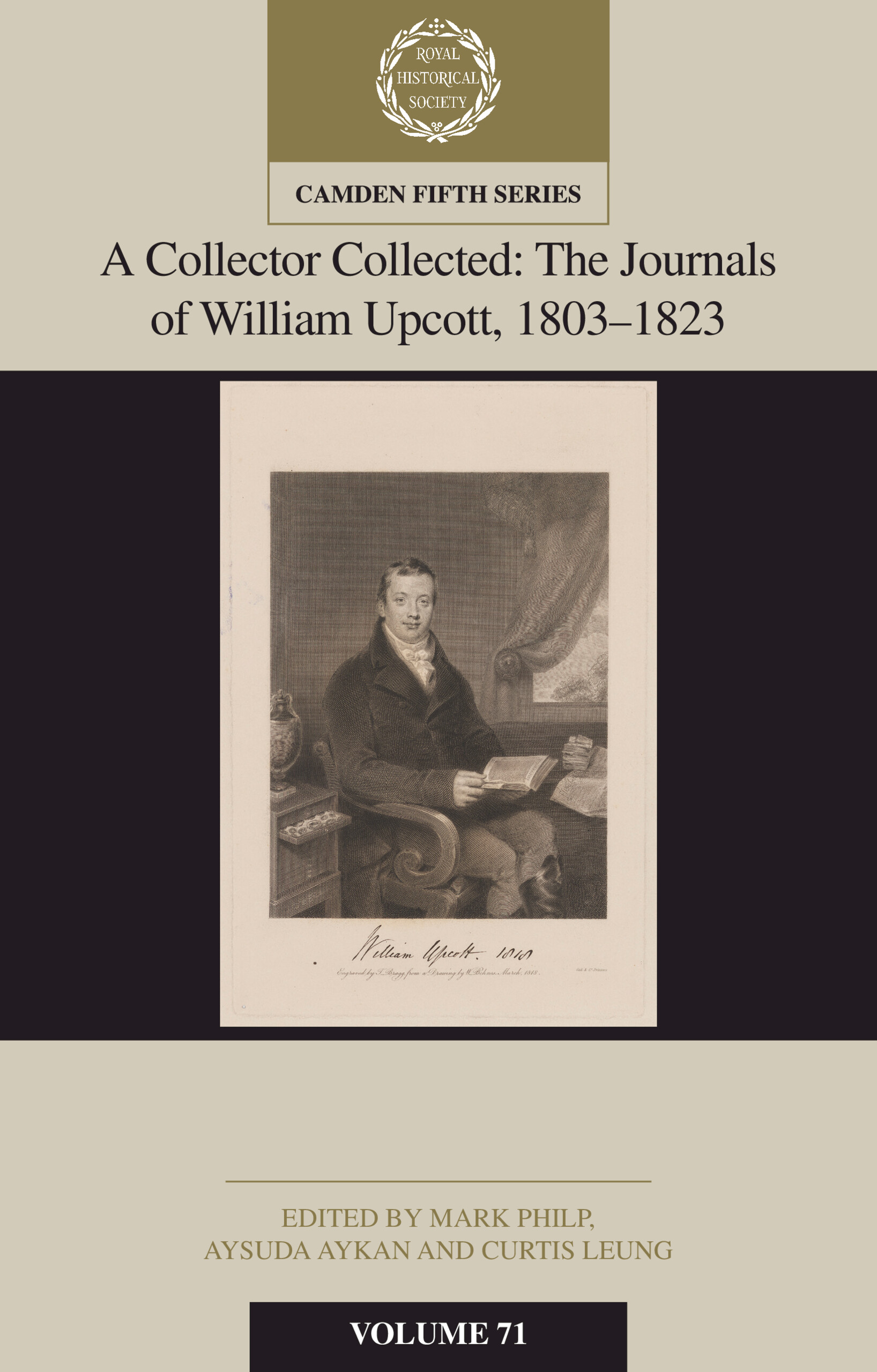No CrossRef data available.
Article contents
I: ORIGINS AND ANCESTORS
Published online by Cambridge University Press: 17 May 2019
Extract
The Irish Hares are an off-shoot of the much older Hare family in Norfolk. They go back to a certain Michael Hare ‘of Monktown in County Dublin’, who had come to Ireland from Norfolk in the 17th Century, and died without issue in 1685, leaving a large fortune in a Will dated 1684 to his nephew John Hare, ‘a native of Norfolk’. There is evidence of the relationship between the Irish and the Norfolk Hares in [the] similarity between the family coat of arms, particularly in their shields, which can be traced back by the Norfolk branch of the family to the Norman family of D'Harcourt which is believed to have fought in the Crusades.
- Type
- Primary source material
- Information
- Copyright
- Copyright © Royal Historical Society 2019
References
67 Francis Thomas-Fitzmaurice, 3rd earl of Kerry (1740–1818).
68 Sir Maurice Fitzgerald, 18th hereditary ‘Green’ Knight of Kerry and an Anglo-Irish Whig.
69 James Caulfeild, 1st earl of Charlemont (1728–1799), commander-in-chief of the Volunteer Army, recruited in Ireland to counter possible French invasion.
70 Henry Grattan (1746–1820), Irish and later Westminster MP.
71 Henry Flood (1732–1791), Irish and later Westminster MP.
72 [Listowel's original footnotes are in italic.][W.E.H.] Lecky, Ireland in the 18th Century, Volume 2.
73 Born in 1751.
74 William Pitt the Younger (1759–1806), prime minister, 1783–1801 and 1804–1806.
75 They vanished from our Upper House with the new State of Eire in 1917. [Actually there was provision for 28 not 48 Irish Representative Peers after the Acts of Union 1800 and the Irish Free State was established in 1922 when the Irish peers ceased to elect representatives though some continued to serve in the House of Lords, as the Irish Representative Peers were able to serve for life.]
76 A Statistical Survey of County Cork (1815), by Townsend about country seats situated on the River Blackwater near Ballyhooly.
77 Lewis S, A Topographical Dictionary of Ireland, Vols 1 and 2 (London 1837 and 1846).
78 Anthony Trollope (1815–1882), 19th-century English novelist and author of works such as the series The Chronicles of Barsetshire and Phineas Finn.
79 Robert Jenkinson, 2nd earl of Liverpool (1770–1828), prime minister, 1812–1827.
80 He was buried there because the Abbey was his parish church, Kingston House being in the parish of Westminster.
81 Isaac Ware (1704–1766), an architectural exponent of the Palladian style and a writer.
82 In 1776.
83 Richard Wellesley, 1st Marquess Wellesley (1760–1842), held many senior posts including lord lieutenant of Ireland and governor general of India.
84 Ernestine, Countess of Listowel, née Brudenell-Bruce (1849–1936). She is actually recorded as having died in 1936, not 1937 as mentioned throughout the memoirs.
85 Daniel O'Connell (1775–1847), Irish political leader and MP known as ‘The Emancipator’ due to his campaign for Catholic emancipation.
86 The MPs Henry Goulburn, Sir Robert Peel, Thomas Spring-Rice and Sir Henry Parnell.
87 A term used from the beginning of the 17th century till the early 20th century to describe a small group of Protestant Anglo-Irish figures who dominated the political, economic and social affairs of Ireland.
88 Sir Francis Burdett, 5th baronet (1770–1844), English MP and reformer.
89 The seat of the English administration in the country headed by the lord lieutenant of Ireland.
90 William Ewart Gladstone (1809–1898), Liberal prime minister, 1868–1874, 1880–1885, 1886 and 1892–1894.
91 This dramatic reappraisal of O'Connell was in spite of Gladstone's agreement in the Peel Cabinet of 1843 to the prosecution of O'Connell for treason.
92 The leaders of the Anti-Corn Law League, Richard Cobden and John Bright.
93 Lord John Russell (1792–1878), later 1st Earl Russell, Liberal prime minister, 1846–1852 and 1865–1866.
94 The Most Illustrious Order of St Patrick, a prestigious British honour linked with Ireland.
95 W.E. Forster (1818–1886), chief secretary for Ireland, 1880–1882.
96 Sir Edward Hamilton (1847–1908), later permanent secretary to the Treasury.
97 Granville Leveson-Gower, 2nd earl Granville (1815–1891), Liberal peer and minister. As well as Liberal leader in the House of Lords, he also served several times in other ministerial posts including foreign secretary, colonial secretary and lord president of the Council.
98 Thomas Pakenham, The Boer War, pp. 436 and 437 [1979.]
99 Most likely Rowland Ward Ltd.
100 Alan Hare (1919–1995), later served in the Armed Forces and Foreign Office, and then joined the Financial Times.
101 Sir Trehawke Kekewich, 1st baronet (1851–1932), English judge.
102 Sir Jocelyn Lucas, 4th baronet (1889–1980), Conservative MP.
103 John Hare, later 1st Viscount Blakenham (1911–1982), Conservative MP and later Cabinet minister in the 1950s and 1960s.
104 Freda, Countess of Listowel, née Vanden-Bempde-Johnstone (1885–1968).


